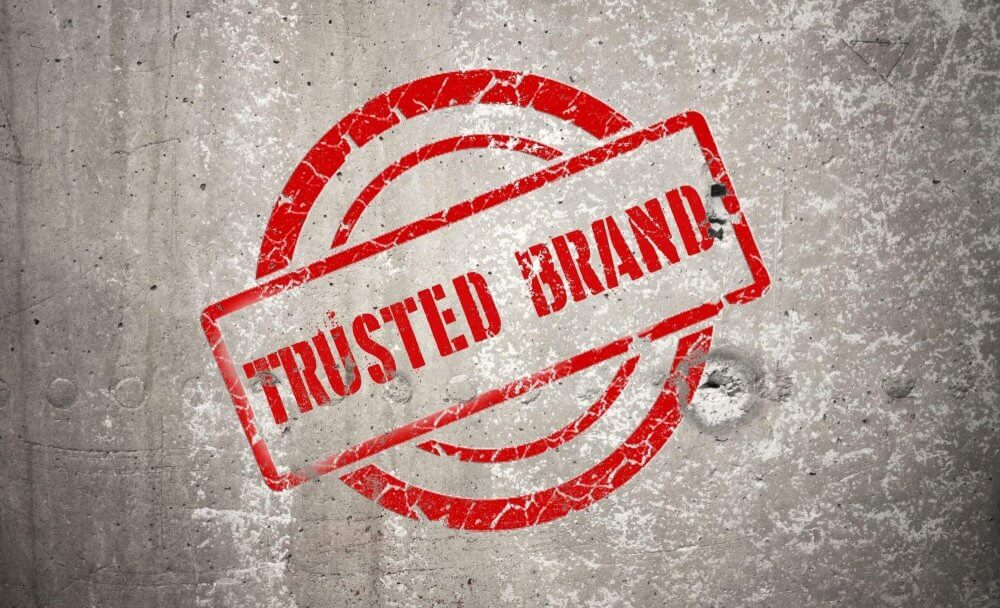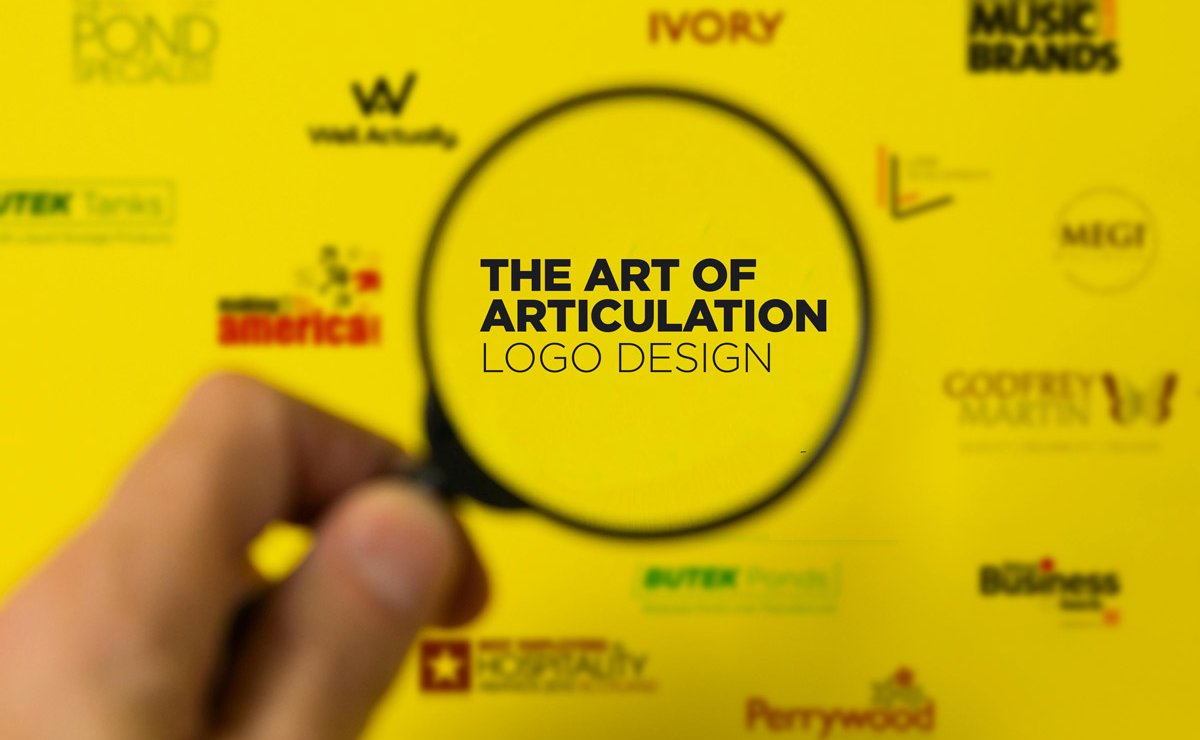As you watch television, an advertisement breaks into your show. The pure white background and the natural, smiling women wearing white t-shirts and tank tops create a light and airy atmosphere. You may recognise a commercial for Dove without a voiceover or logo. How? Through identifying a recognisable brand theme, such as promoting true beauty and a modern, minimalist look. Dove has developed a brand consistency that enables them to be recognised by customers all around the world by continuing to use these characteristics to expand on its brand story.
Brand Consistency: What Is It?
Delivering messages that are in line with an organisation's fundamental values, brand promise, customer experience, and brand identity components is known as brand consistency. It refers to how consistent with your brand identity and brand rules all of your company's marketing content is. Your brand will be recognisable across all marketing channels and touchpoints if it is consistent. For current and potential clients, this develops a consistent, integrated brand identity and united experience.
Businesses must develop trust through brand consistency to attract repeat customers. Your brand will become more identifiable to customers and convey a sense of dependability as it becomes more consistent. This makes it easier for customers to connect with your brand personally.
Gerald Zaltman, a Harvard professor, asserts that 95% of decisions to buy are subconscious, demonstrating that these choices are more emotional than rational. Because emotions are what motivate people, effective marketers frequently use emotion-based marketing strategies, selling an experience rather than a tangible commodity. Why do you, for instance, always use the same brand of laundry detergent or go to the same coffee shop? Mainly because you are fully aware of what to anticipate and are confident in the success. Giving customers a dependable experience, regardless of the communication medium, fosters brand awareness, comfort, and trust, increasing the likelihood that they will make repeat purchases from you.
However, maintaining brand consistency can be challenging for businesses. Many companies have one issue: the personalities and character of the people who write the marketing copy may frequently eclipse that of the business. When taken as a whole, this can result for big businesses in a fragmented portfolio of marketing materials and digital assets.
Finding various ways to discuss your brand day in and day out while keeping it current, entertaining, and on-brand is another problem in maintaining brand consistency. In the same spirit, it might be challenging to maintain a consistent brand identity while keeping design current for new campaigns or events.
Last but not least, it can be challenging to ensure that your staff are brand advocates. No matter what their position within the firm, it's critical for employees to uphold the brand's basic principles. Marketers can overcome these difficulties and gain from brand consistency by implementing some of the tactics listed below.
Methods for Preserving Brand Consistency
Make the brand guidelines accessible.
Branding guidelines specify how each employee in an organisation is to represent the brand to the public. This contains both narrative and aesthetic components, such as a logo, typography, colour scheme, and fonts (tone, POV). These components, such as a brand's story, customer personas, and more, should always be mirrored in collateral intended to display and speak for a firm. One method to support the marketing team is to facilitate the implementation of brand standards by developing a digital asset and brand portal that all employees inside the company may access. All employees will always have access to the most current branding rules by maintaining a copy of the brand style guide within this site, even as market changes occur.
Combine visual components
Its graphic components serve as a crucial branding tactic for upholding consistency. Ensure your visual identity adheres to the branding style guide and is consistent with all marketing materials. Consider the service Dropbox (https://www.dropbox.com/official-site). Each communication, including email messages and banner ads, is guaranteed to include the instantly identifiable emblem of the cloud-based file-sharing platform. Dropbox has developed a recognisable and indisputable visual brand by constantly following a coherent strategy across all touchpoints, giving it a competitive advantage and elevating it to the top of consumers' minds. You should also ensure that all staff members have access to the required visual materials. In this situation, an advanced digital asset management (DAM) system (https://www.canto.com/digital-asset-management/) may be helpful. To ensure that their teams can customise assets while keeping compliant, DAM users, for instance, have the option of locking specific content fields on marketing materials.
Bolster internal brand initiatives
Recognise that maintaining brand integrity requires company-wide effort. Businesses project a more professional image to clients and customers by encouraging staff to learn the brand values, brand messaging, and the story behind them. To preserve the culture as they expanded from a startup to a global organisation, B2B software business Splunk (https://www.entrepreneur.com/article/303354), for instance, undertook an initiative a few years ago to identify, describe, and disseminate the brand internally to new hires. This allowed the company to grow while upholding its initial story, goal statement, and culture. An organisation might appoint a brand manager to serve as the company's gatekeeper for its goods and services to enable these internal initiatives. Brand managers can ensure that staff members remain conscious of consistent branding, utilise the proper brand voice throughout all marketing initiatives, and comprehend the dos and don'ts of brand rules.
Rapidly evolve your brand
To meet changing consumer needs, businesses and their goods must evolve and adapt. Branding is likely to evolve when firms manage internal adjustments to mirror market movements. When that happens, remember to maintain consistency in mind as you assess these adjustments from a branding standpoint as well. Remember that the fundamental principles of the brand need not necessarily change. Changes can instead be made to artistic components, including typefaces, colour schemes, and logo designs. Consider a business that manufactures hair care items. They might alter the packaging or design of their bottles to cut down on the amount of plastic used, or they might switch to recycled plastic to satisfy the market's desire for less plastic waste.
Adding a fresh colour scheme that distinguishes your business is another way to look at it. The employment of particular colours can elicit different target audiences' emotional responses. For instance, using the colours blue and white in a logo might express reliability. Other hue combinations might arouse feelings like authority, power, and enthusiasm. This kind of brand evolution offers a chance for expansion and maintains brand coherence.
Be ready for change
Being ready for change in advance will help an organisation succeed and make the experience less stressful because change is inevitable. Utilising digital asset management software (https://www.canto.com/digital-asset-management/) is a quick and easy technique to guarantee that branding is maintained throughout numerous alterations. Employing a DAM enables businesses to store all of their marketing assets and give staff members 24/7 access under strict management. When it comes time to update brand collateral, no one has to scramble because brand assets are kept in a single, central location, and any future modifications to marketing materials can be readily enabled through the DAM.
Increasing Your Customers' Trust
Building trust with a company's target audience depends on maintaining brand consistency. By promoting a favourable brand image in the eyes of their customers, businesses boost their brand value and brand equity by adhering to the tactics mentioned above to preserve brand consistency. Brands may establish a strong connection with their audience, become instantly identifiable, and continually work to exceed customer expectations by using consistent brand language and visual components that define their corporate identity.
Maintaining brand consistency is important for businesses in order to increase trust with their target audience. By promoting a favourable brand image and using consistent brand language and visual components, businesses can exceed customer expectations and boost their brand value and equity.





